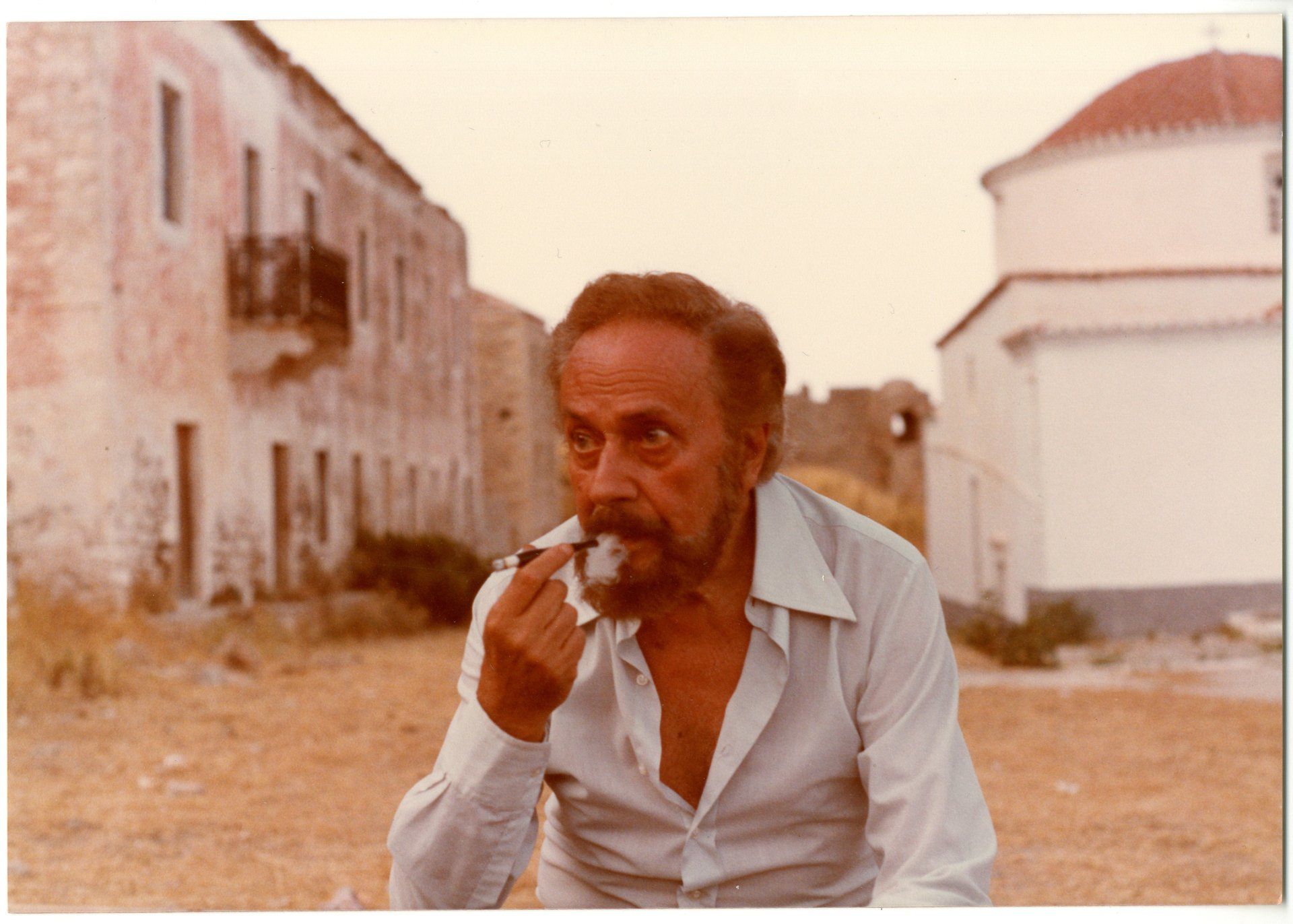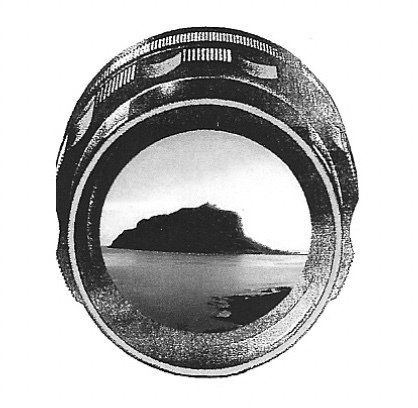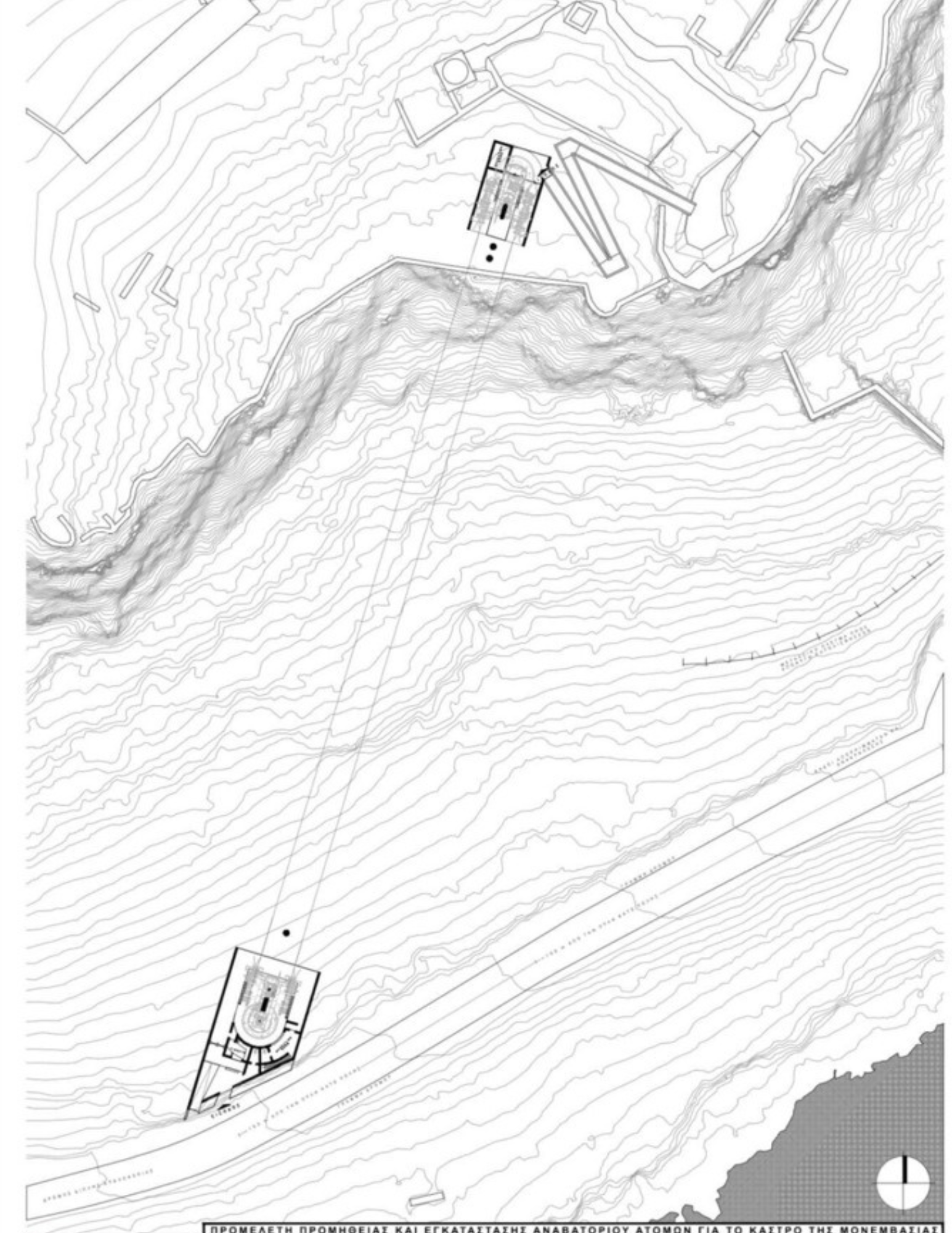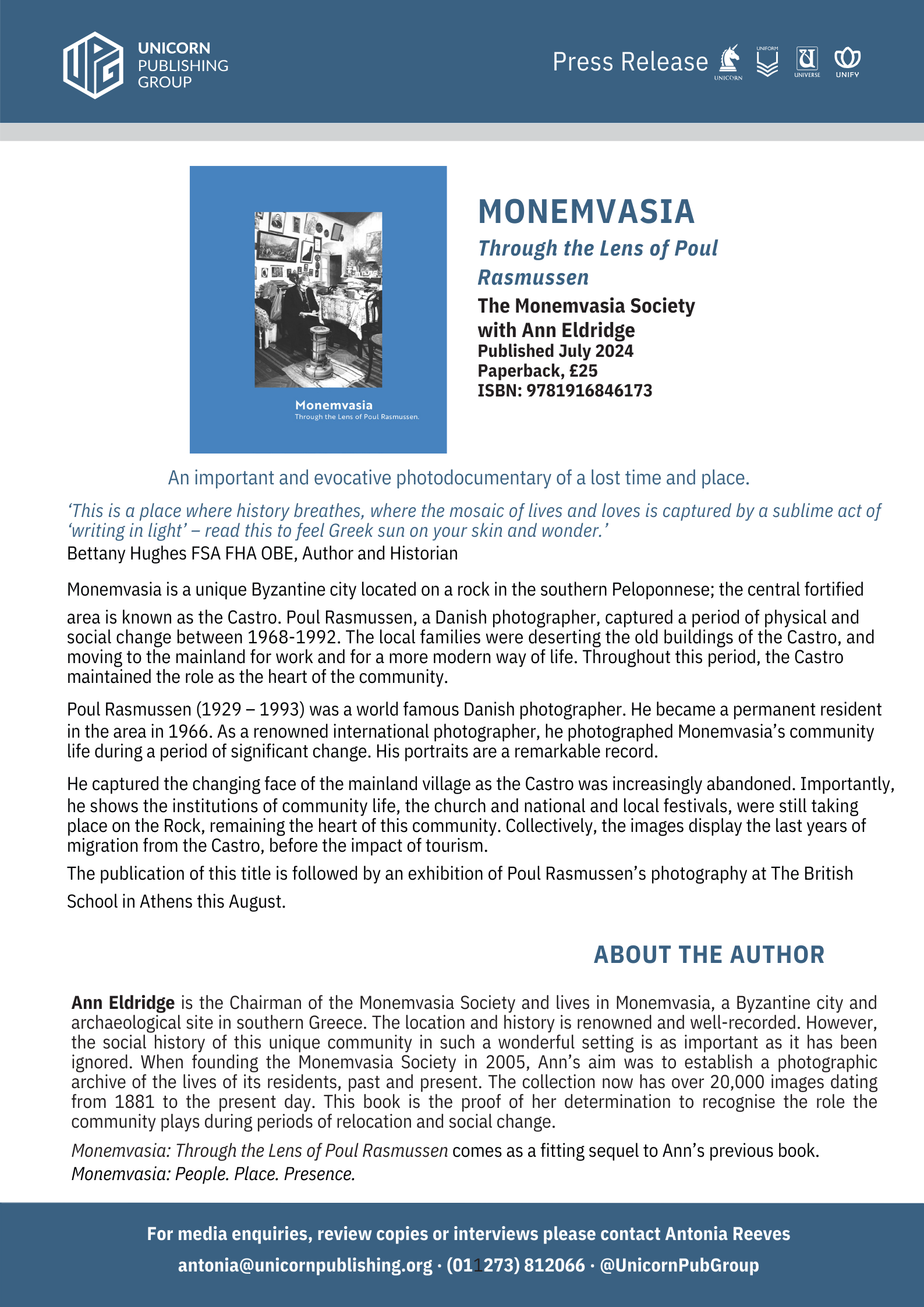'Oh Poet, we stand aside so you can pass.'
PH856556 • 1 January 2021
We celebrate the life of Yannis Ritsos (1909 - 1990), born and raised in Monemvasia, and one of Greece's most popular poets.

Greek translation follows.
Kostis Palamas, one of the most influential literary figures of the early 20th century, had written about him:
'Your sad poem is experienced by ether and echo
clear dawn matins welcome the light of day.
The rhythm of nature smiles in tragic horror
and laughs. Oh poet, we stand aside so you can pass.'
From Yannis Ritsos's obituary, printed in the New York Times, dated the 14th of November
1990.
'Mr Ritsos was famous for the quantity and quality of his work and for his dedication to Communism. The Soviet Union gave him the Lenin Peace Prize in 1977.
Despite his politics, the Conservative Government of Greece announced that he would be buried with full state honours.
The poet was born in Southern Greece in 1909 and joined the Communist party in 1934.
Mr Ritsos wrote 117 books of poetry, and his work was translated into 21 languages. Most of his verse was inspired by his politics, and it often expressed the pessimism and
suffering that plagued much of his life.
Ritsos's first collection of poetry, 'Tractor', appeared that year (1934). Two years later, upon the imposition of a right-wing dictatorship, he was detained, and his famous collection of poems, 'Epitaphios' (Funeral Procession), was burned by the authorities at the foot of the Acropolis. But most copies of the work, a eulogy to working-class suffering and the death of a young worker in a demonstration, had been sold.'
'Mr Ritsos was famous for the quantity and quality of his work and for his dedication to Communism. The Soviet Union gave him the Lenin Peace Prize in 1977.
Despite his politics, the Conservative Government of Greece announced that he would be buried with full state honours.
The poet was born in Southern Greece in 1909 and joined the Communist party in 1934.
Mr Ritsos wrote 117 books of poetry, and his work was translated into 21 languages. Most of his verse was inspired by his politics, and it often expressed the pessimism and
suffering that plagued much of his life.
Ritsos's first collection of poetry, 'Tractor', appeared that year (1934). Two years later, upon the imposition of a right-wing dictatorship, he was detained, and his famous collection of poems, 'Epitaphios' (Funeral Procession), was burned by the authorities at the foot of the Acropolis. But most copies of the work, a eulogy to working-class suffering and the death of a young worker in a demonstration, had been sold.'
Epitaphios or Funeral Procession, written by Yannis Ritsos.
'On May 10, 1936 Yannis Ritsos saw a newspaper photograph of a woman mourning over the body of a dead youth in the street. The youth was her son, a worker in a Salonica tobacco factory who had been killed by police during a march by strikers.
Inspired by the picture, the 27-year-old poet composed a dirge which he imagined the mother singing. The resulting poem, published in the Athenian newspaper Rizospactis on May 12, consisted of 44 verses arranged in three sections.'
- Journal of the Hellenic Diaspora, Rick M. Newton, spring-summer 1986.
‘Παραμερίζουμε ποιητή για να περάσεις’
Αρχίζουμε μια σειρά δημοσιεύσεων για να τιμήσουμε τη ζωή του Γιάννη Ρίτσου (1909-1990), που γεννήθηκε και μεγάλωσε στη Μονεμβασιά, και αποτελεί έναν από τους πιο δημοφιλείς Έλληνες ποιητές.
Αυτή τη μέρα, στις 14 Νοεμβρίου, θυμόμαστε την κηδεία του Ρίτσου, που έγινε δημοσία δαπάνη. Μια μεγάλη πένθινη πομπή και η φιλαρμονική συνόδευσαν τον Ρίτσο, τρεις μέρες μετά το θάνατό του, στο τελικό τόπο αναπαύσεώς του στη Μονεμβασιά.
Ο Κωστής Παλαμάς, μια από τις πιο σημαντικές λογοτεχνικές μορφές των αρχών του 20ου αιώνα, είχε γράψει γι’αυτόν:
‘Το ποίημά σου το πικρό, το ζουν ιχώρ κ' αιθέρας
καθάριος όρθρος της αυγής, μηνάει το φως της μέρας
σε μια φρικίαση τραγική χαμογελάει μιας πλάσης
ρυθμός. Παραμερίζουμε ποιητή για να περάσεις’
Νοεμβρίου 1990.
‘Ο κ. Ρίτσος ήταν γνωστός για την ποσότητα και την ποιότητα του έργου του και για την αφοσίωσή του
στον Κομμουνισμό. Η Σοβιετική Ένωση του απέδωσε το Βραβείο Ειρήνης Λένιν το 1977. Παρά τις
πολιτικές του απόψεις, η Συντηρητική κυβέρνηση της Ελλάδας ανακοίνωσε ότι θα κηδευόταν δημοσία
δαπάνη. Ο ποιητής γεννήθηκε στη Νότια Ελλάδα το 1909 και μπήκε στο Κομμουνιστικό κόμμα το 1934.
Ο κ. Ρίτσος έγραψε 117 βιβλία ποίησης, και το έργο του έχει μεταφραστεί σε 21 γλώσσες. Οι
περισσότεροι στίχοι του εμπνέονται από την πολιτική, και συχνά εκφράζει την απαισιοδοξία και τα
δεινά που τον ταλαιπωρησαν σε μεγάλο μέρος της ζωής του.’
Από την νεκρολογία του Γιάννη Ρίτσου, δημοσιευμένη στους Times της Νέας Υόρκης, στις 14
Νοεμβρίου 1990.
‘Η πρώτη συλλογή ποίησης του Ρίτσου, ‘Τρακτέρ’, εκδόθηκε εκείνο το χρόνο (1934). Δύο χρόνια
αργότερα, με την επιβολή δεξιάς δικτατορίας, συνελήφθη, και η γνωστή συλλογή ποιημάτων
του, ‘Επιτάφιος’, κάηκε από τις αρχές κάτω από την Ακρόπολη. Αλλά τα πιο πολλά αντίγραφα
του έργου, που αποτελούσε ένα εγκώμιο στις δυσκολίες της εργατικής τάξης και το θάνατο ενός
νεαρού εργάτη σε μια διαδήλωση, είχαν ήδη πωληθεί.’
‘Επιτάφιος’ του Γιάννη Ρίτσου
‘ Στις 10 Μαϊου 1936, ο Γιάννης Ρίτσος είδε σε μια εφήμερίδα την φωτογραφία μιας γυναίκας που θρηνούσε πάνω από το σώμα ενός νεκρού νέου στο δρόμο. Ο νέος ήταν ο γιός της, εργάτης σε καπνοβιομηχανία της Θεσσαλονίκης, που είχε σκοτωθεί από την αστυνομία κατά τη διάρκεια πορείας απεργών. Εμπνευσμένος από αυτή την εικόνα, ο 27χρονος ποιητής συνέθεσε ένα μοιρολόι, που φανταζόταν τη μητέρα να το τραγουδά. Το ποίημα, που δημοσιεύθηκε στην εφημερίδα Ριζοσπάστης στις 12 Μαϊου, αποτελούσαν 44 στίχοι χωρισμένοι σε τρεις ενότητες.’
- Journal of Hellenic Diaspora, Rick M. Newton, spring-summer 1986.
‘ Στις 10 Μαϊου 1936, ο Γιάννης Ρίτσος είδε σε μια εφήμερίδα την φωτογραφία μιας γυναίκας που θρηνούσε πάνω από το σώμα ενός νεκρού νέου στο δρόμο. Ο νέος ήταν ο γιός της, εργάτης σε καπνοβιομηχανία της Θεσσαλονίκης, που είχε σκοτωθεί από την αστυνομία κατά τη διάρκεια πορείας απεργών. Εμπνευσμένος από αυτή την εικόνα, ο 27χρονος ποιητής συνέθεσε ένα μοιρολόι, που φανταζόταν τη μητέρα να το τραγουδά. Το ποίημα, που δημοσιεύθηκε στην εφημερίδα Ριζοσπάστης στις 12 Μαϊου, αποτελούσαν 44 στίχοι χωρισμένοι σε τρεις ενότητες.’
- Journal of Hellenic Diaspora, Rick M. Newton, spring-summer 1986.




